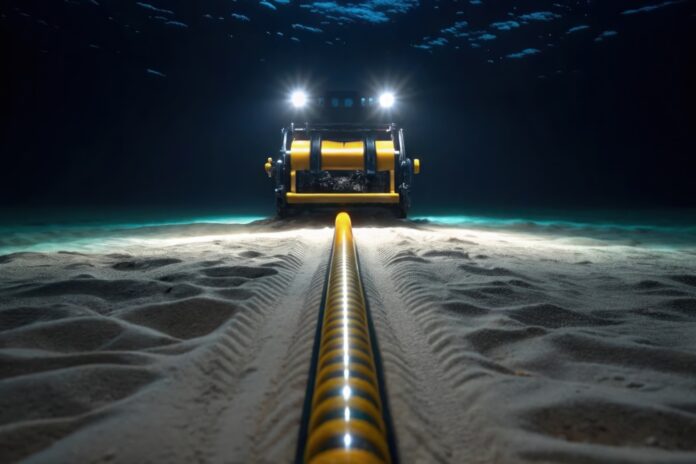Some future cables linking Europe and the US to Asia will opt to avoid the Red Sea; others think more route diversity in the area is the answer
Reports emerged on Saturday of damaged subsea cables in the Red Sea, disupting internet access in parts of the Middle East and Asia including the UAE, India and Pakistan. Today, 90% of all data communication between Europe and Asia passes through the Red Sea.
Netblocks, which monitors online access globally. concluded the disruption was due to failures of the South East Asia, Middle East, Western Europe 4 (SMW4) and India, Middle East, Western Europe (IMEWE) cable systems near Jeddah in Saudi Arabia.
Tata Communications operates the SMW4 cable, part of the Indian Tata Group, while IMEWE is run by a consortium led by Alcatel Submarine Networks.
Microsoft acknowledged that Azure users might suffer higher latency as a result of the failures. It said in a statement on Saturday, “Undersea fibre cuts can take time to repair, as such we will continuously monitor, rebalance, and optimise routing to reduce customer impact in the meantime,” but reported performance was no longer affected by Saturday night.
The cause is still not certain although the chief suspect appears to be Houthi rebels, who were held responsible for previous attacks on subsea cables, although they denied it. The thinking is that the anti-Israeli group is seeking to put pressurise Israel into ending its conflict with Hamas in Gaza.
Evasive action
Several Middle Eastern countries are investing heavily to turn the region into an international hub for subsea traffic, as explored in this article in Capacity, looking to cash in on the AI boom. They will rely on multiple, diverse routes for resilience as well as capacity, others are looking to avoid the region.
RETN, which runs a private, global managed network, says the impact of the February 2024 cable cuts in the Red Sea were severely underestimated. It claims up to 70% of Europe-Asia data flow was disrupted, based on its own experience and feedback from customers. RETN adds that incident highlighted the weak cable ecosystem which urgently needs greater resilience.
Some are looking to gain resilience by avoiding the Red Sea. For example, in January, a Nordic consortium said it is exploring the possibility of building one of the largest ever European digital infrastructure projects– a subsea cable linking Northern Europe, East Asia and the US via the Arctic.
The Project, Polar Connect, has been granted €4 million from the European Commission to fund the project phase: Polar Connect Step 1. Polar Connect proposes to take a safer and shorter route via the Arctic to reduce latency and improve resilience.
Last December, Meta announced it will build a new round-the-world ‘W’ cable that avoids trouble spots including the Red Sea, as shown here.




